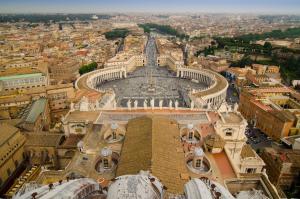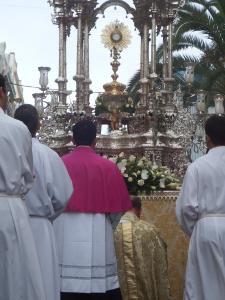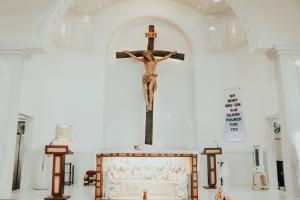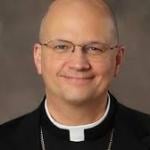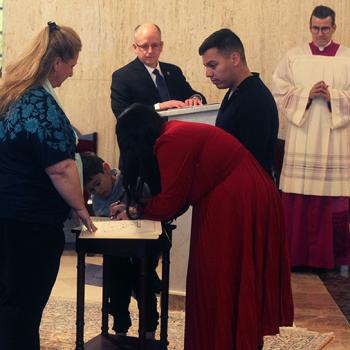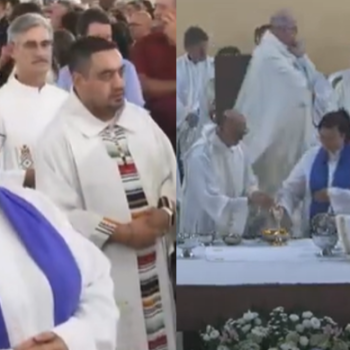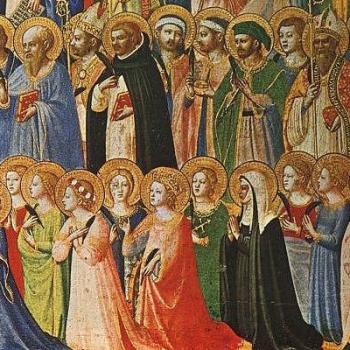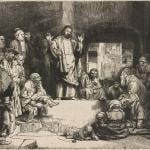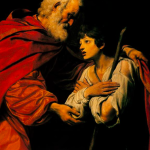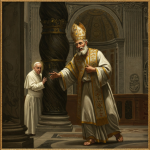Catholicism (the people (Catholics) and the institution (Catholic Church)) is by far the biggest denomination in the world. It is divided into the Anglo-Catholic derivatives, Eastern Rite, and Latin Rite.
The Canons
The Code of Canons of the Eastern Churches (CCEC); Latin; Codex Canonum Ecclesiarum Orientalium (CCEO)) clearly defines the difference between church and rite as follows:
Canon 27 – A group of Christian faithful united by a hierarchy according to the norm of law which the supreme authority of the Church expressly or tacitly recognizes as sui iuris is called in this Code a Church sui iuris.
Canon 28 – A rite is the liturgical, theological, spiritual and disciplinary patrimony, culture and circumstances of history of a distinct people, by which its own manner of living the faith is manifested in each Church sui iuris.
Rites of the Catholic Church
The following are the rites of the Catholic Church
- Latin Rite
Latin (or Roman) Catholic Church - Alexandrian Rite
Coptic Catholic Church
Eritrean Catholic Church
Ethiopian Catholic Church - West Syriac (or Antiochene) Rite
Maronite Catholic Church
Syriac Catholic Church
Syro-Malankara Catholic Church - Armenian Rite
Armenian Catholic Church - East Syriac (or Chaldean) Rite
Chaldean Catholic Church
Syro-Malabar Catholic Church - Constantinopolitan (or Byzantine) Rite
Albanian Catholic Church
Belarusian Catholic Church
Bulgarian Greek Catholic Church
Byzantine Church of Croatia, Serbia and Montenegro (or Križevci Catholic Church)
Greek Byzantine Catholic Church
Hungarian Greek Catholic Church
Italo-Albanian Catholic Church
Macedonian Catholic Church
Melkite Greek Catholic Church
Romanian Catholic Church
Russian Catholic Church
Ruthenian Catholic Church (also known as the Byzantine Catholic Church in America)
Slovak Catholic Church
Ukrainian Greek Catholic Church
Catholicism Defined
Pope Leo XIII wrote the following in his 1984 apostolic letter, Orientalium Dignitas,
“The Churches of the East are worthy of the glory and reverence that they hold throughout the whole of Christendom in virtue of those extremely ancient, singular memorials that they have bequeathed to us. For it was in that part of the world that the first actions for the redemption of the human race began, in accord with the all-kind plan of God. They swiftly gave forth their yield: there flowered in first blush the glories of preaching the True Faith to the nations, of martyrdom, and of holiness. They gave us the first joys of the fruits of salvation”
When speaking about “the True Faith”, all the Eastern Catholic Churches submit to the doctrines and dogmas defined by the Catholic Church, which are found in the Magisterium. Therefore, Catholics, whether from East or West cannot reject dogmas; it is written in Unitatis Redintegratio that,
“All in the Church must preserve unity in essentials. But let all, according to the gifts they have received enjoy a proper freedom, in their various forms of spiritual life and discipline, in their different liturgical rites, and even in their theological elaborations of revealed truth.”
“By “Magisterium of the Catholic Church”, theology means and indicates the official teachings proclaimed by Catholic Bishops and especially by the Roman Pontiff as head of their assembly, throughout history. These teachings are intended to declare and shed light upon what Catholic faithful are asked to believe in order to be coherent with the contents of Sacred Scripture and the legacy of Tradition. Documents issued by the Catholic hierarchy have different degrees of authority. The most important ones are the teachings proclaimed by the Ecumenical Councils and the dogmatic declarations – usually a very few ones – explicitly set forth by the Roman Pontiff. Also, encyclicals, letters, and speeches delivered by the Bishop of Rome have a special significance because of the role he plays in guaranteeing the unity of the whole Church.
For that which concerns the relation between faith and science or other debated contemporary issues, theologians and the Magisterium are called to work together for the spiritual benefit of the faithful. On the one hand, the bishops must, in order to fulfill their mission as custodians and authoritative teachers of the Word of God and as successors of the apostles, remind theologians of the fundamental truths, which must inspire their intellectual work, and of the pastoral priorities to be kept in mind.
On the other hand, since theology is nothing but the exercise of a fides quaerens intellectum, theologians have to indicate to Pastors those key-issues and topics, which are more present in the contemporary cultural and scientific debate and particularly strategic for the understanding of faith. It is thanks to this cooperative work between Pastors and theologians that the Gospel of Jesus Christ can be proclaimed credibly and efficaciously to all men and women in every age. In so doing, the theological work can help the Magisterium to explain the richness of the Word of God in its teaching, and respond to the questions posed by the faithful during a specific time.
Occasionally, the Magisterium of a Council or of a Roman Pontiff can anticipate theologians and indicate to scholars which themes to take up and in which direction a new intellectual synthesis needs to be sought. They share a common purpose: To serve the faith of the people of God and to diffuse the Christian message with greater efficaciousness, especially in a cultural context – such as today’s – which is in a state of rapid evolution.
This mutual cooperation between the Magisterium and theology plays an important role also regarding the sciences and scientific culture in general. Recognizing that scientific research is also an enterprise for truth and knowledge, theologians have the task to listen to what science has to say, and to take into account in their own work the well documented results of the scientific community; when necessary, theologians are also called to tackle some new and cutting-edge issues.
The Magisterium can intervene offering proper clarifications when some incorrect extrapolations of scientific results or imprecise divulgations of these same results seem to conflict with the truths of faith. Sometimes the Magisterium can also foresee in a prophetic way, thanks to assistance from the Holy Spirit, what the ethical and social consequences of scientific research seem to imply. It also stimulates theology to reflect on these issues, sharing the common desire to deepen the truth and to protect society from that which could danger human society instead of serving and promoting its integral development.
Finally, theology also has the challenging task to interpret the interventions that the Magisterium of the Church carried out in the past epochs and apply correct hermeneutics to them. Some statements, because of the linguistic, conceptual, or cognitive context in which they were expressed, could have lost their original meaning or could be better expressed in the light of the contemporary scientific vision of the world. In these cases the message of truth contained in them – an expression of the Spirit’s assistance to the Church of Jesus Christ – must be wisely restored, and proposed again, in a fresher language, in a context that has intellectually developed.
Deepening the knowledge of what the Magisterium of the Catholic Church teaches on subjects that are related to the sciences and to their cognitive progress is useful for several reasons. First of all, the believer can use the conclusions and guidelines of the Magisterium to reach and develop his own Christian-inspired synthesis between faith and reason, between the mission of elevating the world to the glory of God – a mission in which all baptized take part and the task of making society more humane through one’s professional work.” – INTERS
As Saint John Paul II once wrote in his encyclical, Ut Unum Sint, “the Church must breathe with her two lungs.” The East (Orthodox) and West (Roman Catholic) Churches serve the same body of Christ despite the differences that exist in terms of things such as liturgies. The faith comes from the same root.


